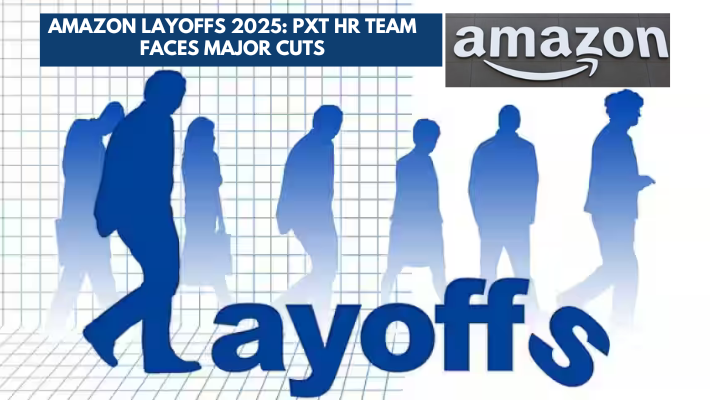Amazon to Cut 30,000 Corporate Jobs: Pandemic Over-Hiring, AI & Efficiency Drive
Amazon layoffs: In late October 2025, Amazon announced its largest round of job cuts in recent years: about 30,000 corporate positions are expected to be eliminated. While this figure is a small fraction of Amazon’s total global workforce of over 1.5 million, the cuts represent roughly 10 % of its ~350,000–strong corporate workforce.
Pandemic Over-hiring & Demand Surge
During the COVID-19 pandemic, Amazon experienced a surge in online shopping and built out aggressively. Many of these hires were in corporate and office roles to support operations, logistics, product development and expansion. However, as demand normalized and growth in many segments slowed, Amazon now finds itself carrying excess overhead from that expansion.
Cost Pressure and Efficiency Drive
Amazon CEO Andy Jassy is undertaking a renewed push to reduce bureaucracy, streamline management, and cut costs across the company. In internal communications, Jassy has stressed the need for fewer layers of management, faster decision-making, and a leaner organisational structure. The targeted 30,000-job reduction is part of this broader transformation.
Role of AI, Automation & Shifting Priorities
A major driver of the shift is Amazon’s investment in artificial intelligence (AI), automation and other productivity-enhancing technologies. Jassy has publicly noted that as Amazon deploys more AI agents across its business, “we will need fewer people doing some of the jobs that are being done today, and more people doing other types of jobs.”
By increasing efficiency through technology and automating repetitive tasks (particularly in corporate, office-based functions), Amazon is reallocating resources toward its core growth areas (such as cloud computing via Amazon Web Services /AWS, advertising, robotics in fulfilment) and away from lower-growth or support roles.
Managerial Layers and Structural Change
Part of the broader cut involves reducing managerial layers. In earlier announcements, Amazon signalled plans to cut roughly 14,000 managers globally by early 2025 in order to improve the ratio of individual contributors to managers by at least 15%. These structural changes feed into the larger 30,000 cuts plan.
Where in the organisation the cuts will fall
The Amazon layoffs are expected to affect multiple corporate divisions such as:
- People Experience & Technology (PXT) – Amazon’s HR, recruiting and people-operations arm.
- Devices & Services – Amazon’s hardware business (Kindle, Echo/Alexa, Ring, etc) which has seen slower growth.
- Operations, management layers and other support functions.
Timeline & Context (Amazon layoffs 2025)
The email notifications for affected staff were expected to start around 28 October 2025. Amazon’s previous major round of corporate job cuts (around 27,000 roles) occurred in late 2022/2023.
Implications for Amazon and its Employees
For Amazon, the cuts should yield cost savings, improved efficiency, and more capital to invest in high-growth areas like AI, AWS infrastructure, logistics automation and global expansion. However, for employees and observers the move raises questions about job security, workplace culture (especially given Amazon’s recent stringent return-to-office policies) and the broader shift toward automation in corporate work.
Broader Industry & Economic Context
Amazon’s move is not isolated: many major tech companies (and large corporations more broadly) are recalibrating headcounts after pandemic-era hiring sprees, in part because of macroeconomic pressures (slowing growth, higher interest rates, inflation), and partly because technology developments are changing how work is done.
What to Watch
- How Amazon allocates the freed-up resources (will we see larger AI/robotics investments, more spending in AWS, new business lines?)
- How many of the cuts will translate into future investments (versus simply cost savings)
- How employees adapt: reskilling, moving into roles aligned with automation/AI, or leaving the company.
- How the culture of Amazon evolves in this leaner structure: more decision-making at lower levels, faster pace, fewer management layers.
- The impact on recruiting, attrition, morale and Amazon’s external reputation (employer brand).




